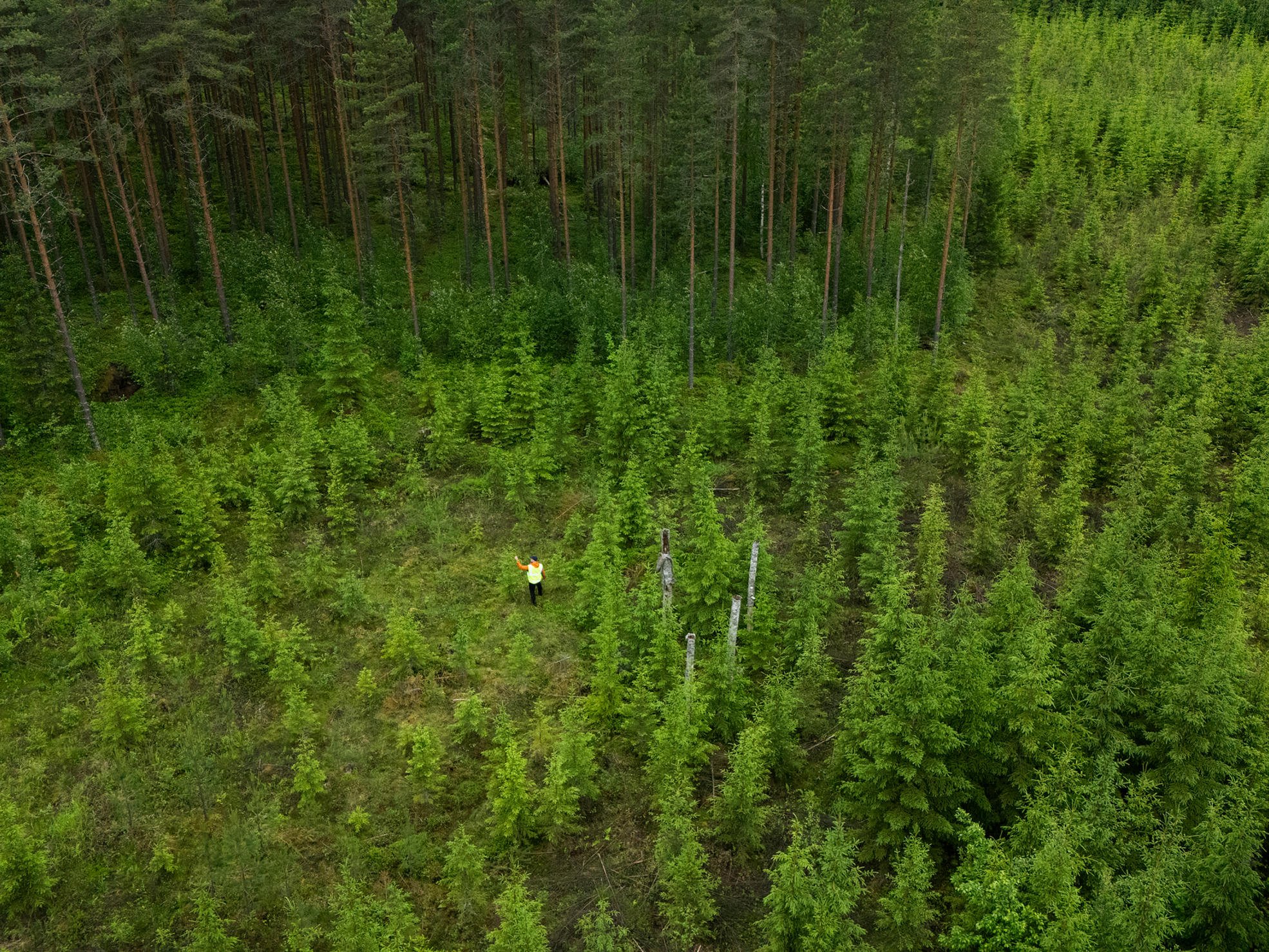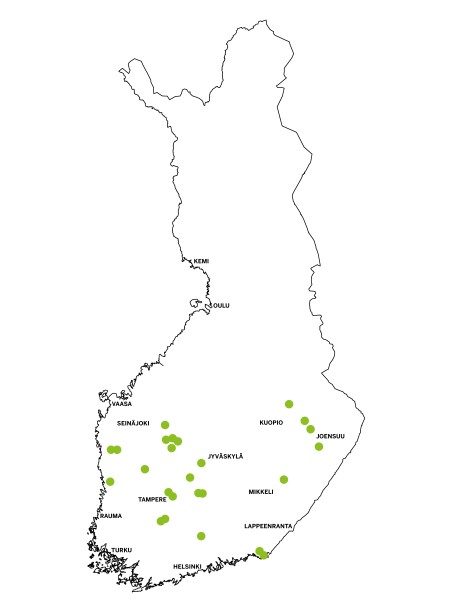The jointly owned forest works in close cooperation with Metsä Group, and as a large centralised forest, it provides various financial benefits to shareholders thanks to the cost-effective management and harvesting of forest areas.
Forestia currently covers an area of approximately 2,189 hectares in 19 different municipalities across southern and central Finland, and the jointly owned forest now has 32 shareholders. Private forest owners hold the majority share of the jointly owned forest.
Forestia is a member of Metsäliitto Cooperative, and has concluded a forest asset management agreement with Metsä Group which ensures systematic, cost-effective and long-term forest management and an annual price guarantee for wood.
Sustainable forest management for the benefit of shareholders
A jointly owned forest is managed by its shareholders. The purpose of a jointly owned forest is to practise sustainable forestry that benefits the partners financially and environmentally in line with the principles of regenerative forestry. Shareholders of a jointly owned forest include the owners of the incorporated areas, and shareholders can be private persons, estates, companies, associations and organisations.
The shareholders form the partnership of the jointly owned forest, which manages and administers the jointly owned area on behalf of the shareholders. The partnership’s meeting, comprising the owners of the incorporated areas, is the highest decision-making body.
Practical operations are managed by the administrative board, elected by the partnership. The administrative board of Forestia has four members. The administrative board sees to the management of incorporated forests in accordance with the decisions made by the partnership and annually pays shareholders their share of the profits from the jointly owned forest in the form of surplus.
An easy way to own forest
A jointly owned forest offers an easy approach to forest ownership. It frees you from forest management work, since the jointly owned forest handles wood trade and management work according to the forest plan. Forests are managed cost-effectively, systematically and with a long-term approach. You can participate in decision-making at the partnership’s meetings.
For a private forest owner, the felling income may vary a lot from year to year, but the shareholders of a jointly owned forest receive income from the forest every year. Since the jointly owned forest has paid the tax for its operations, the annual surplus is non-taxable income to the shareholders. What is more, the tax rate of jointly owned forests (26.5%) is 3.5–7.5 percentage points lower than the tax rate for capital income. The income base of a jointly owned forest may also be wider than that of a private forest owner, including, for example, any real estate trade and rental income.
Key figures of Forestia
| Key figures | Area, ha |
| Forest land | 2070 ha |
| Amount of tree stock | 265 000 m3 |
| Tree stock m3/ha | 128 m3/ha |
| Growth m3/ha/year | 5,7 m3/ha/v |
| Growth m3/year | 11 500 m3/v |
| Proportion | 2,348114 |





